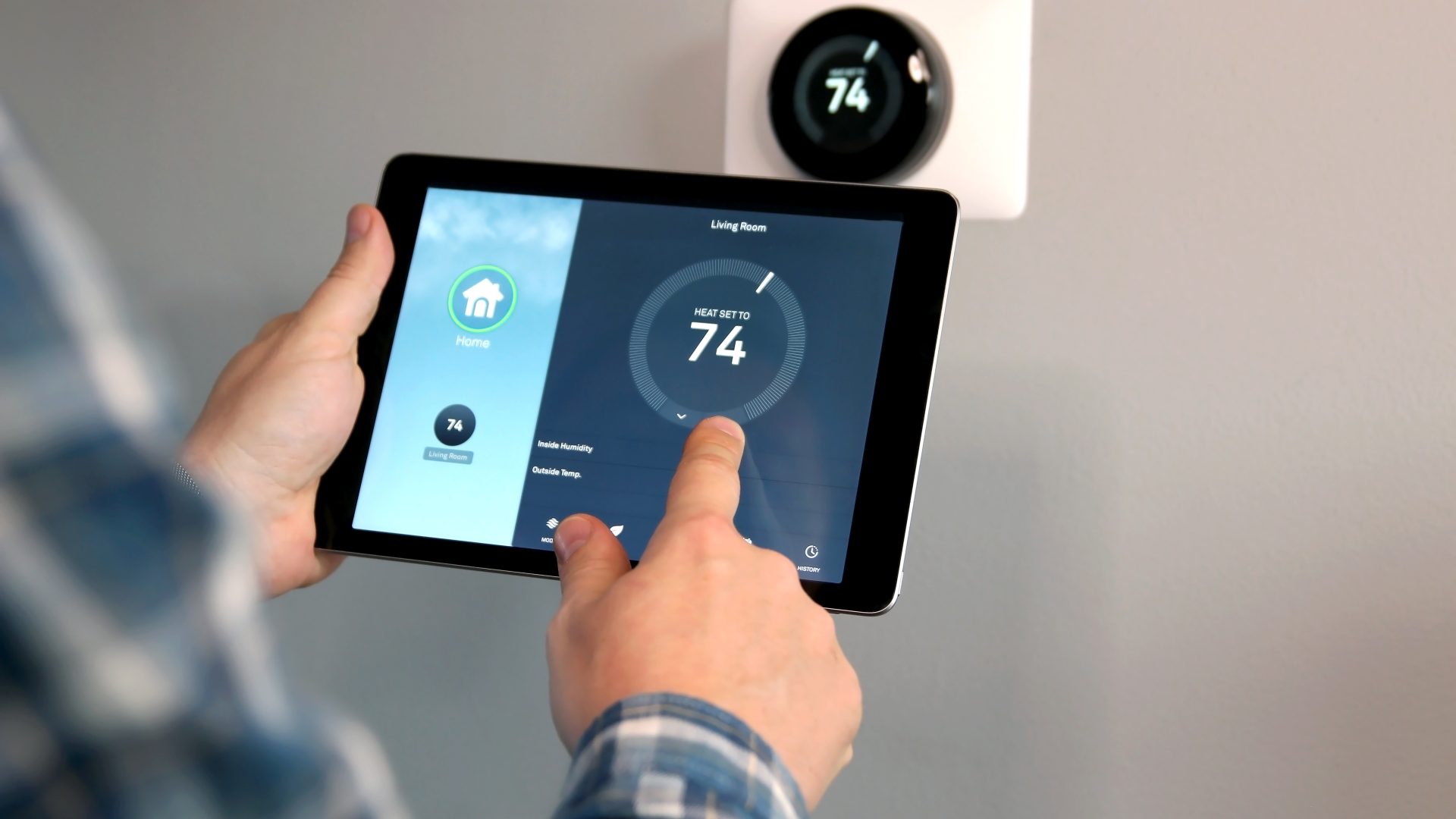What is a plenum box?
Introduction A plenum box is a crucial component in heating, ventilation, and air conditioning (HVAC) systems tasked with circulating conditioned air throughout a space. Positioned near the furnace or air handler, it serves as a key junction connecting supply air...
Who is Daikin™?
What is Daikin? Daikin is recognized globally as a leading manufacturer of premium heating, ventilation, and air conditioning (HVAC) solutions. Founded in Japan in 1924, Daikin has established itself as a major player in the HVAC industry, known for its...
What does CFM stand for?
What Does CFM Stand For? CFM stands for Cubic Feet per Minute. It is a unit of measurement commonly used to denote the airflow volume in a given period. CFM is utilized in various fields such as HVAC (Heating, Ventilation,...
Who makes Ruud© air conditioners?
What is Ruud® Brand? Ruud® is a highly respected brand in the air conditioning and heating industry, and it is part of Rheem® Manufacturing Company. Rheem is a leading entity known for its HVAC (Heating, Ventilation, and Air Conditioning) systems....
What is a return plenum?
The Vital Function of a Return Plenum A return plenum is crucial for effectively operating HVAC (Heating, Ventilation, and Air Conditioning) systems. It is typically located close to the furnace or air handler and acts as the central point for...
Who makes Lennox© air conditioners?
Lennox© is a brand of air conditioners that is owned and manufactured by Lennox International, Inc., a global company that specializes in the design and manufacture of a wide range of climate control products for residential, commercial, and industrial applications....
What is a supply plenum?
Introduction to Supply Plenum The supply plenum is a vital component within the complex framework of an HVAC (Heating, Ventilation, and Air Conditioning) system. This essential element facilitates the distribution of conditioned air—whether cooled or heated—from the central unit, such...
What is a filter base?
An Introduction to Filter Base A filter base is pivotal in heating, ventilation, and air conditioning (HVAC) setups. It secures the air filter in its proper place and shields it from potential impairment. Situated near the furnace or air handler,...
What is a thermocouple?
Role of Thermocouples in HVAC Systems A thermocouple is a crucial sensing device widely utilized in residential heating, ventilation, and air conditioning (HVAC) systems and furnace setups to measure temperature. This sensor consists of two metals, such as copper and...
What does “ton” refer to in air conditioning terms?
Introduction When discussing air conditioning, the term “ton” describes an AC unit's cooling power. Specifically, it refers to the amount of heat an air conditioner can extract from a space per hour, with one ton equating to 12,000 British Thermal...
